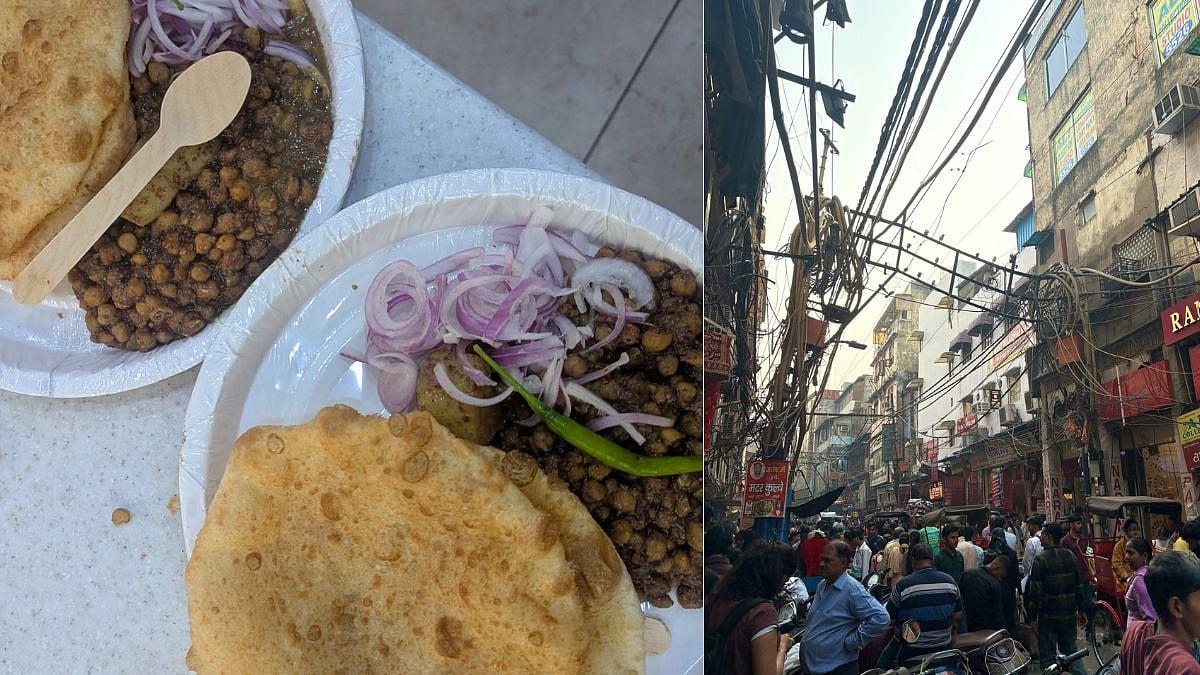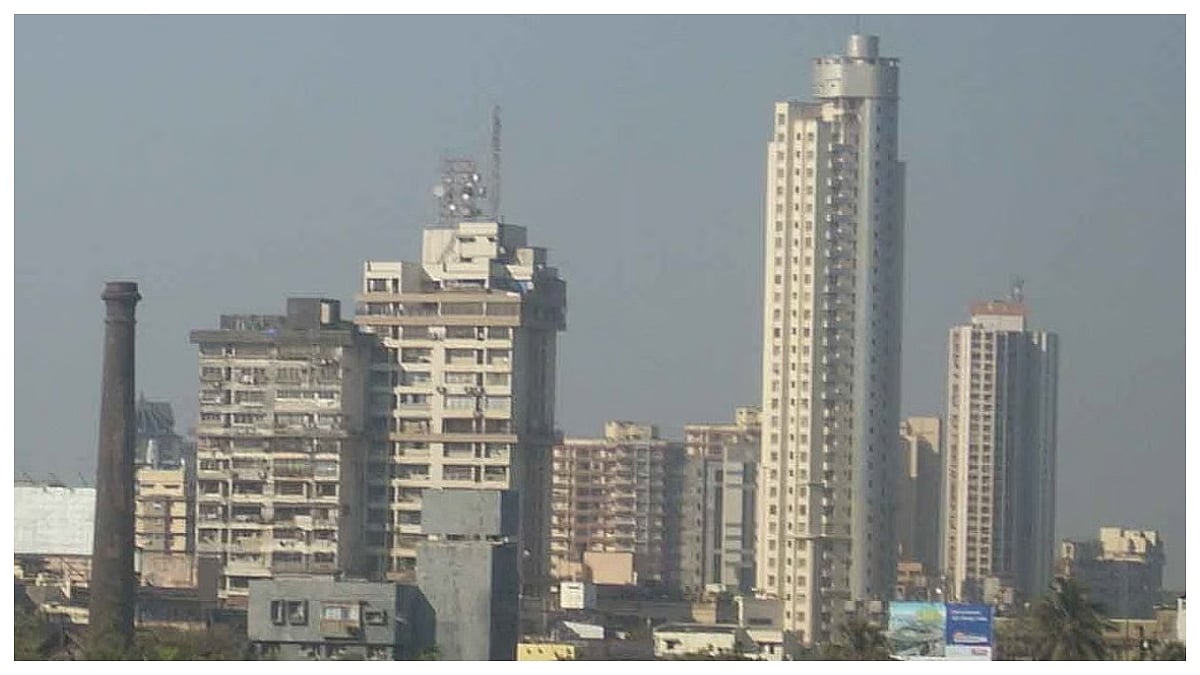Mumbai: The scaffolding and heavy machinery dominating Mumbai's skyline are symbols of an unprecedented infrastructure overhaul. The city is aggressively replacing its century-old, dilapidated rail-over-bridges (ROBs) with modern, high-capacity structures.
Projects at Byculla, Mahalaxmi, Bellasis, Elphinstone and Sion are well underway, collectively forming a new, resilient spine for the city's transport network. This coordinated approach is crucial for improving east-west connectivity and easing the perennial traffic choke points that have long plagued the metropolis.
Bridge-by-Bridge Progress Report: On Track For Completion
The Brihanmumbai Municipal Corporation (BMC) and Maharashtra Rail Infrastructure Development Corporation (MahaRail) are executing these complex projects, with several slated for completion by the end of 2026.
1. Mahalaxmi Bridge (Keshavrao Khadye Marg): This project is a model for minimal traffic disruption. New, sleek cable-stayed bridges are being constructed next to the existing structure, which remains operational. The new bridge is approximately halfway complete. The first new structure, a crucial east-west connector, is expected to finish by December 2026. This design choice, incorporating cable-stayed spans, minimises the need for piers over the busy railway lines, speeding up construction.
2. Bellasis Bridge (Mumbai Central): The construction of the new cable-stayed Bellasis flyover, connecting Tardeo, Nagpada and Mumbai Central station, is progressing ahead of schedule. Initially slated for completion in April 2026, the BMC is now aiming to open it by December 2025. The accelerated pace is partly due to the timely clearance of obstructions, indicating a firm commitment to meeting aggressive deadlines.
3. Byculla Bridge ('Y' Bridge): The replacement of the 103-year-old Y-shaped Byculla Bridge is nearing completion, with the new modern cable-stayed structure reported to be approximately 80% complete. Valued at over nearly Rs 280 crore, the new six-to-eight-lane bridge is expected to open by March 2026. It features a cable-stayed design to minimize railway disruptions and includes two arms to efficiently connect to and from Mazgaon and the Eastern Freeway system.
4. Sion Bridge (LBS Marg-Dr Ambedkar Road): This key connector has faced delays but is now moving forward with an expected completion date of May 31, 2026. Work on the foot overbridge (FOB) by the Railways is nearing completion, after which the demolition of the main bridge's southern part will begin. The project involves complex works, including girder launching and the construction of new underpasses at LBS Road.
5. Elphinstone Bridge (Prabhadevi): The historic Elphinstone Road Over Bridge (ROB) was closed and demolished in September 2025 to make way for a transformational project. It is being rebuilt as a modern double-decker structure by January 2027. The lower deck will provide 2+2 lanes for local east-west traffic, while the upper deck will integrate with the future Sewri-Worli Elevated Connector, a vital artery for the city. This blending of local and strategic connectivity is a hallmark of Mumbai's infrastructure future.
Roadmap To A Seamless City: South Mumbai After 5 Years
By the year 2030, the commissioning of these five mega-bridges will fundamentally restructure central and south Mumbai's mobility, delivering a far more efficient, connected, and resilient urban landscape.
Also Watch:
1. Decongestion & Travel Time Reduction
The most immediate and tangible impact will be the reduction in travel time. The old, narrow and structurally compromised bridges were major bottlenecks. The new, wider structures (six to eight lanes in some cases) will improve traffic flow exponentially.
- Mahalaxmi and Bellasis will dramatically ease congestion at two of the city's worst traffic zones, offering smoother, signal-free connections between the eastern and western parts of the island city.
- Byculla's multi-directional approach and link to the JJ Flyover will decongest the Eastern Express Highway and provide fast-track connectivity from the eastern suburbs into South Mumbai, bypassing choked intersections.
2. Integrating Mega-Corridors
The new bridges are not standalone projects; they are key pieces in South Mumbai's larger infrastructure puzzle.
- The Elphinstone double-decker bridge is a strategic lynchpin, directly integrating local east-west Parel-Prabhadevi traffic with the major north-south Sewri-Worli Elevated Corridor. This corridor, in turn, links the Bandra-Worli Sea Link with the Atal Setu (Mumbai Trans Harbour Link), creating a seamless, signal-free, high-speed coastal and trans-harbour ring for the entire metropolitan region.
- The Byculla revamp will also enhance connectivity to the Eastern Freeway, effectively distributing traffic from both the trans-harbour link and local roads.
Also Watch:
3. Infrastructure Resilience & Modernity
The shift from colonial-era masonry and steel structures to modern, cable-stayed and stainless-steel designs addresses key issues of safety and durability.
- The cable-stayed technology, employed at Mahalaxmi and Byculla, reduces the load and number of necessary foundations over railway lines, minimising maintenance and the risk of structural failure over time.
- The use of durable materials ensures a longer lifespan and lower maintenance costs, future-proofing these critical links for decades.
- The Sion Bridge's new underpasses will provide additional, separate corridors for local traffic, further segregating movement and improving safety for pedestrians and non-motorised transport.
In five years, these five bridges will cease to be points of frustration and instead stand as modern landmarks, symbolising a more connected, resilient and faster Mumbai, ready to handle the increased traffic demands of a global financial hub.
To get details on exclusive and budget-friendly property deals in Mumbai & surrounding regions, do visit: https://budgetproperties.in/











